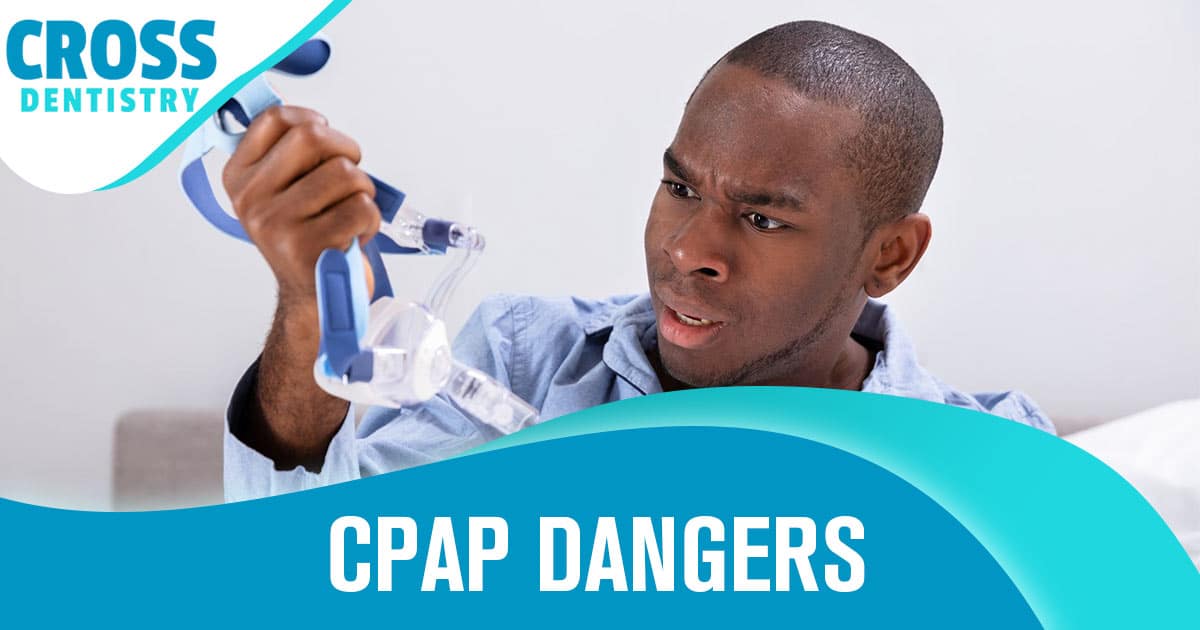 Californians are familiar with large power blackouts, but Texas’ energy grid failures this week are on a much vaster scale, leaving millions of residents shivering.
Californians are familiar with large power blackouts, but Texas’ energy grid failures this week are on a much vaster scale, leaving millions of residents shivering.
As severe winter weather blanketed much of the U.S. on Monday, an unusual snowstorm pummeled Texas — and caused a serious energy shortage in the state. As of Tuesday afternoon, more than 3.6 million customers were still without power. The California Independent System Operator urged residents of the state to voluntarily conserve energy during the evening for the next few days “to help ease stressed grid conditions in the Midwest, Texas and the Southeast.”
Rotating outages “could be initiated until this weather emergency ends,” the Electric Reliability Council of Texas, the state’s energy provider, said in a press release on Monday. Officials said there were no limits to how long any particular outage would last. The blackouts were avoiding areas of critical infrastructure like hospitals, meaning that other areas would bear the brunt.
California saw its own blackouts late last summer and into early fall, when massive wildfires and intense heat waves rippled across the state. But the Texas blackouts are far more severe than the ones Californians have dealt with over the years, for several key reasons.
Supply and demand
Different weather events can stress power grids in different ways, according to Michael Webber, energy professor at the University of Texas at Austin. Some events work by reducing supply: In this case, the snowstorm in Texas has frozen many of the state’s gas wells, drastically cutting available resources.
The weather has resulted in a 30-gigawatt energy shortage — equivalent to 30 big power plants going offline, according to Daniel Kammen, a professor of energy at UC Berkeley. Twenty-six of those lost gigawatts are from gas shortages, and 4 are from lost wind power due to frozen windmills.
“We have an incredible shortage of gas,” Webber said — just when many Texans need increased energy supply to heat their homes.
California also saw a demand-driven energy shortage in August, when a heat wave drove up air-conditioner use and forced rolling blackouts. But that shortage affected fewer than 250,000 customers (or about 750,000 people), and didn’t affect California’s own supply of electricity. However, it did increase demand in other states, meaning California couldn’t borrow energy from its neighbors.
Those rolling blackouts were the first that California’s energy-grid operator had imposed since 2001, when the state was experiencing an electricity crisis.
The state’s biggest power shutoff last year — affecting up to 500,000 customers in Northern and Central California — wasn’t about supply, Webber said. Rather, the threat of an electricity-sparked wildfire made it unsafe for its primary energy utility, PG&E, to operate.
“These were pre-emptive, intentional shortages where you created one problem — energy outage — to spare another, a wildfire,” he said.
Texas has its own energy grid
California relies on energy from the Western Interconnection, one of two main electrical grids (the Eastern Interconnection is the other) that serve the entire U.S. — with the exception of Texas.
The Lone Star state relies almost entirely on its own energy grid. Except for El Paso, the upper panhandle and a part of East Texas, the state’s energy supply is run by the state-owned Electric Reliability Council of Texas. Established at least partly to avoid the reach of federal regulators, ERCOT is a point of pride for many anti-big-government Texans.
But unlike any other state, when Texas runs into supply issues, its isolation means it has no one to turn to — unlike California.
“If Texas has a problem, we cannot lean on our neighbors to bail us out,” Webber said. “If California is having a problem, they can lean on neighboring states. That’s an advantage that California has.”
Unless, of course, those neighboring states are seeing increased demand too, as was the case during California’s August heat wave.
Electrical systems need major upgrades
Still, both energy outages have highlighted a similarity between California and Texas, according to Kammen.
“What is so interesting here is that like in California — extreme weather (for us, fires) — has stressed an old, outdated and ‘not smart’ grid,” Kammen said in an email. “Without well-integrated solar, wind, AND energy storage our grids are vulnerable.”
Modernizing the nation’s three electrical grids would help states avoid critical shortages like these, Kammen said. In the meantime, Texas could follow California’s example of passing legislation like AB 2514, which led to increased energy storage capacity in the state.
“In Texas, an investment in energy storage would provide a means to keep critical facilities up and running during these events: hospitals, schools, and hospitals, for starters,” he said




0 Comments